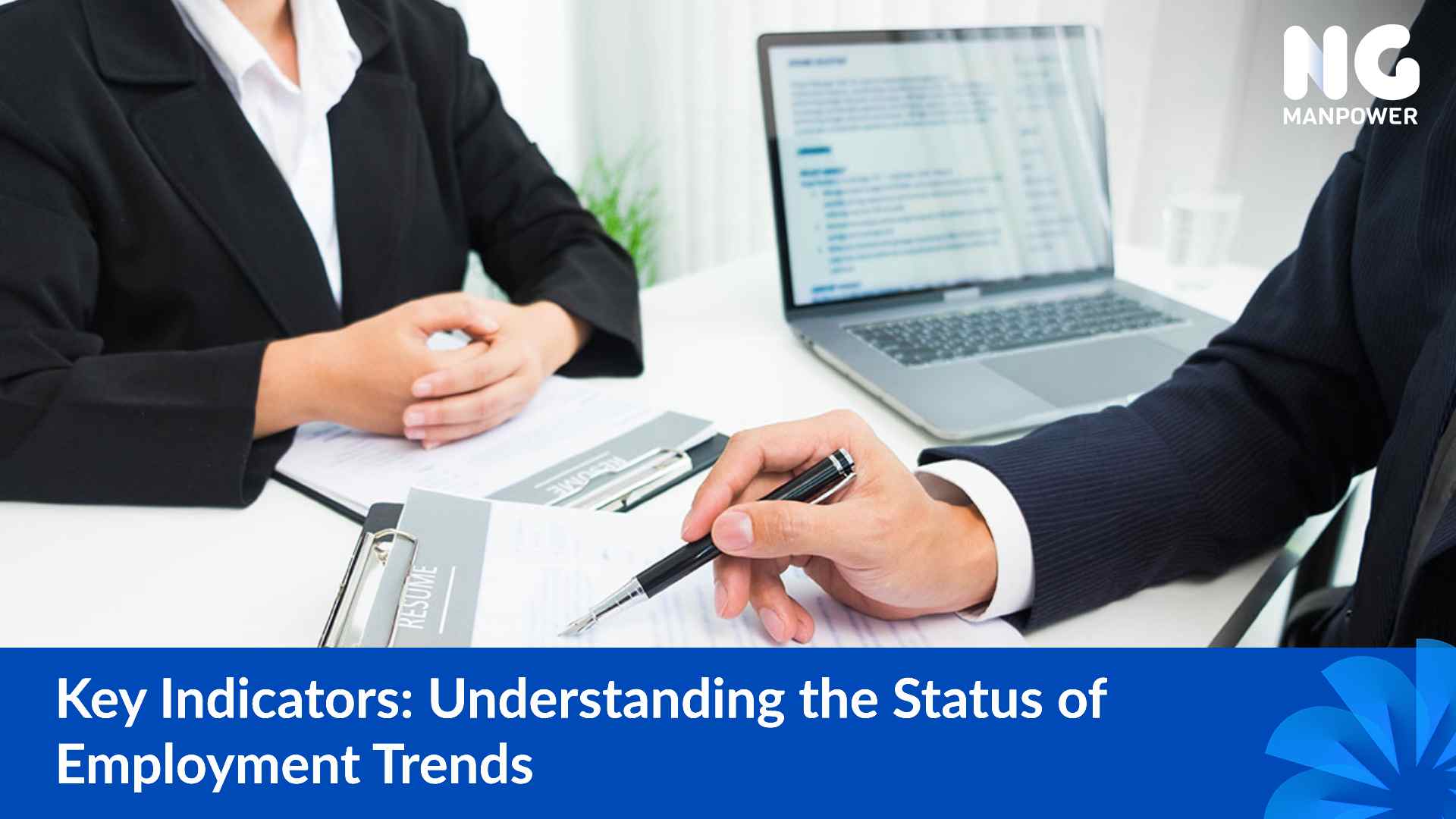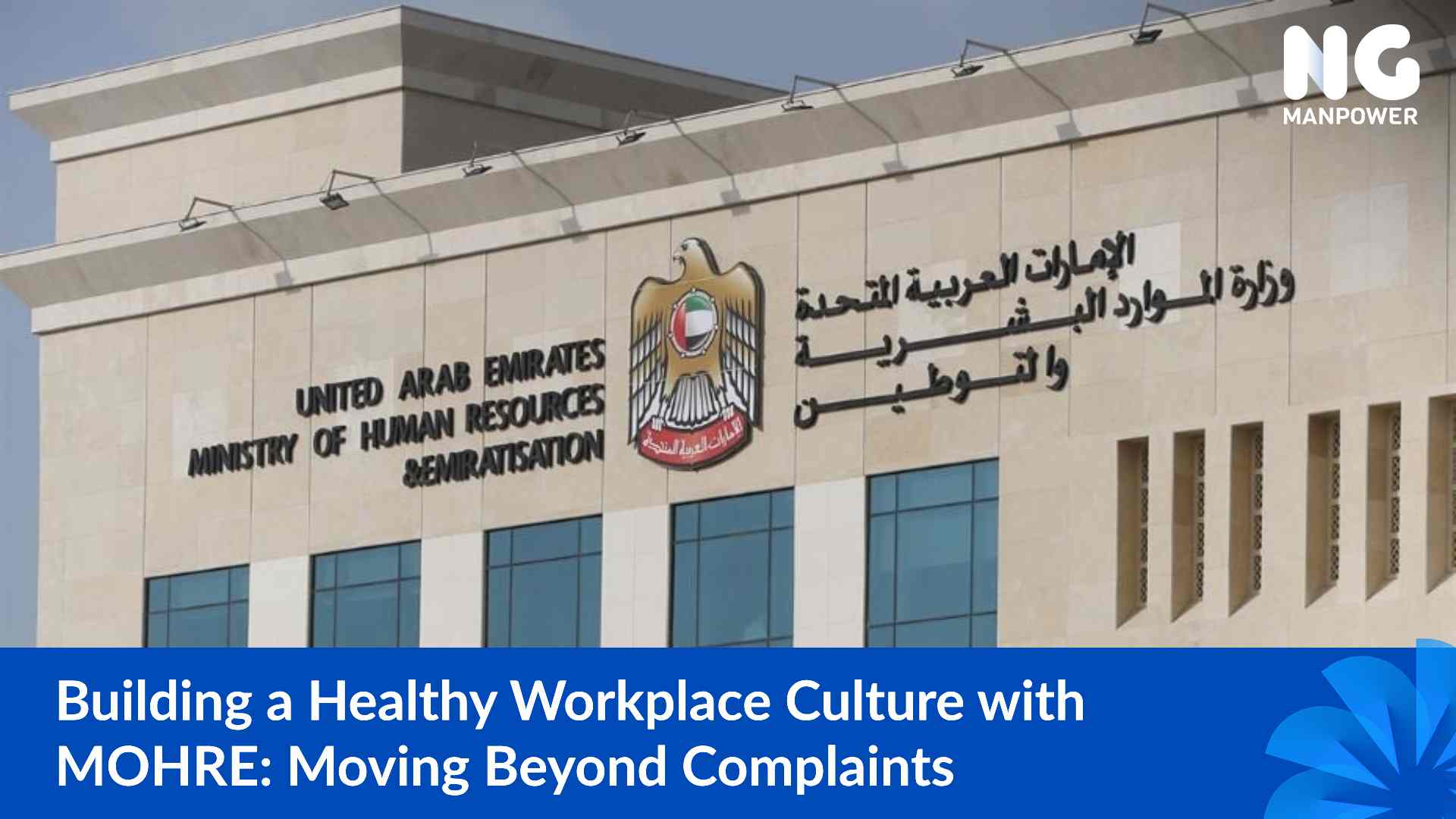In the dynamic landscape of the modern workforce, staying abreast of the status of employment is paramount for individuals, businesses, and policymakers alike. The ebbs and flows of job opportunities intricately link to the pulse of economic health, underscoring the importance of deciphering the indicators that shape the employment landscape. To grasp the current, one must first comprehend the multifaceted nature of the job market.
In this article, we delve into the intricate web of employment trends, shedding light on key indicators that offer invaluable insights. Transitioning from macro-level indicators to the micro-level, one pivotal aspect is the unemployment rate. This metric serves as a barometer for the health of the job market, offering a snapshot of the percentage of individuals actively seeking employment. A declining unemployment rate signifies a tightening labor market, potentially leading to increased wage pressures as employers vie for qualified talent.
The Significance of Knowing Employment Status
Understanding the status of employment is not merely an academic exercise but a strategic necessity with far-reaching implications for individuals and the broader economy. The status of employment is akin to a barometer, offering real-time insights into the vitality of the job industry and serving as a compass for various stakeholders. For instance, consider the status of employment example where job creation surpasses the growth of the labor force. In this scenario, a robust economy emerges, capable of absorbing new entrants into the workforce seamlessly.
The significance of knowing the status of employment extends beyond statistical curiosity. It is a linchpin for individuals planning their career trajectories, guiding them toward sectors with burgeoning opportunities or cautioning them against those facing contractions. For businesses, being attuned to the status of employment is paramount in developing effective workforce strategies. A burgeoning job market may necessitate competitive recruitment practices, while a shrinking one may demand innovative approaches to talent retention.
Policymakers, too, rely on a keen understanding of the status of employment example to inform economic initiatives. A thriving job market often correlates with increased consumer spending, contributing to overall economic growth. Conversely, rising unemployment rates may necessitate targeted interventions to stimulate job creation.
Benefits & Rights
Learning about status of employment goes hand in hand with grasping the benefits associated with a particular work arrangement. For individuals, the status of employment is pivotal in unlocking a spectrum of rights. These range from healthcare provisions to retirement benefits. A clear employment status ensures that workers have access to legal protections and entitlements, fostering a secure and stable professional environment.
Moreover, sponsorship of employment visa status is a critical component, especially in a globalized workforce. Employers sponsoring visa status carry a responsibility to uphold the rights and well-being of their sponsored employees. Furthermore, this includes providing fair wages, maintaining a safe working environment, and complying with relevant labor laws.
In addition, for employees navigating the complexities of a sponsorship of employment visa status, understanding the associated benefits is essential. It ensures that individuals are not only aware of their rights but can also advocate for fair treatment. Equipping oneself with this knowledge becomes a cornerstone for a mutually beneficial employer-employee relationship.
Employment Status in the UAE vs Other Countries
Examining the status of employment visa in UAE in comparison to other countries reveals distinctive features and considerations. In the UAE, employers intricately tie the status of employment to the sponsorship system, frequently sponsoring the employment visa status of their foreign workers. This unique aspect shapes the professional landscape, influencing both the rights and responsibilities of employees.
Unlike many Western countries, where employment is often more contract-based, the UAE’s sponsorship system can foster a long-term commitment between employers and employees. However, it also means that the termination of employment can have visa-related consequences. Understanding the nuances of the status of employment visa in UAE is crucial for both employers and employees.
Moreover, the UAE’s labor market is notably diverse, with a significant expatriate population. This cultural amalgamation adds an additional layer of complexity to the status of employment. It requires individuals to navigate different legal frameworks and cultural expectations. While the UAE offers a vibrant professional landscape, comprehending the distinct elements of the status of employment is fundamental for both expatriates and employers to foster a mutually beneficial and legally compliant work environment.
Tax Obligations
Navigating tax obligations is an integral aspect of understanding the current status of employment. As individuals embark on their professional journeys, the intricacies of tax obligations become pivotal in shaping financial landscapes. The status of employment directly influences tax responsibilities, with various employment types carrying distinct tax implications.
For those in traditional employment, income taxes are typically withheld by employers, providing a straightforward approach to fulfilling tax obligations. Conversely, freelancers and self-employed individuals often face a more complex scenario, necessitating a proactive approach to tax compliance. Understanding the current status of employment is essential in determining whether one falls under the category of an employee or an independent contractor, each having its unique tax considerations.
Moreover, changes in such as transitioning from full-time employment to freelance work, can significantly impact tax obligations. Being cognizant of these shifts ensures individuals remain compliant with tax regulations, preventing unforeseen financial implications.
Organizational Planning
Organizational planning hinges on a thorough understanding within a company. Recognizing the diverse workforce dynamics is paramount in crafting effective strategies for growth and development. The status of employment directly influences organizational planning by dictating staffing needs, skill requirements, and talent management initiatives.
In assessing the current status of employment, organizations can strategically align their workforce with business objectives. For instance, identifying gaps in skill sets allows for targeted recruitment or training programs to enhance employee capabilities. A proactive approach to understanding the current status of employment also aids in anticipating changes, such as potential retirements or turnover, enabling organizations to implement succession plans seamlessly.
Job security and Stability
Job security and stability are intrinsically linked to the employment status. Moreover. This is particularly important in the context of employment visas in the UAE. The stability of one’s professional standing directly correlates with the security of their job. Understanding the nuances of the status of employment visa in the UAE is pivotal for individuals seeking lasting job security.
In the UAE, the sponsorship system ties the status of employment visa to an individual’s professional engagement. This helps creating a symbiotic relationship between job security and visa stability. Individuals who hold a secure employment visa status often experience a sense of stability, as they know that their tenure in the country aligns with their job.
Furthermore, individuals enhance job stability when they are aware of the specific terms and conditions of their employment visa. This knowledge empowers employees to actively participate in career planning. It also helps ensuring their skills and qualifications align with the requirements for visa renewal or potential career advancements.
What are the types of employment status?
Learning about the diverse types is crucial for individuals navigating the professional landscape. It is particularly helpful when considering the status of employment visa in UAE. Here is a concise breakdown of common employment statuses:
- Full-time Employment: This type of employment status typically involves a standard 40-hour workweek. Moreover, employees often receive benefits such as health insurance and retirement plans. It also includes stable and consistent income.
- Part-time Employment: It involves working fewer hours than a full-time position. Furthermore, it may offer flexibility but often lacks certain benefits.
- Freelance or Contract Employment: This type in particular provides flexibility with project-based or temporary work. Moreover, it is often self-employed, with no long-term commitment.
- Internship: These are temporary, entry-level positions for gaining experience. It also may or may not be paid.
- Consultant or Self-Employed: In this type on employment status, individuals work independently, offering services to clients. They have the responsibility of managing their business affairs.
Understanding the employment visa in UAE is critical, especially for expatriates. The types of visas, such as employment, investor, or dependent visas, dictate the legal framework within which individuals can work and reside in the country. Navigating these distinctions empowers individuals to make informed decisions aligning with their career goals and legal obligations in the UAE.
Individual workers, Employee Contracts
Individual workers play a pivotal role in the professional landscape, and understanding the intricacies of their employment status is essential. In many cases, individual workers engage in contractual agreements that define the terms and conditions of their professional relationship. Employee contracts serve as foundational documents, delineating the rights and responsibilities of both parties.
Moreover, within the context of employment contracts, the sponsorship of employment visa status is a critical consideration. Employers often sponsor the visa status of individual workers, linking their legal standing to the employment arrangement. This sponsorship is a two-way commitment, as it not only allows individuals to work in a particular country but also places certain responsibilities on employers to adhere to legal and contractual obligations.
How to determine a worker’s employment status?
Determining a worker’s necessitates a thorough evaluation of several key factors. Firstly, examining the nature of the work relationship is essential. Full-time employees adhere to a standard 40-hour workweek, accompanied by benefits, while part-time workers enjoy flexible schedules but may not have the same comprehensive benefits.
Equally crucial is an assessment of the level of control within the work dynamic. Employees are typically guided by a structured routine and specific tasks dictated by the employer, contrasting with independent contractors who maintain a higher degree of autonomy in managing their work.
Financial arrangements constitute another vital aspect. Employees receive a consistent salary or hourly wage, with the employer withholding taxes. In contrast, freelancers or contractors invoice for their services and are responsible for managing their own tax obligations.
Self-employed Contracts
Financial considerations are also a critical component of self-employed contracts. The agreement typically specifies the compensation structure, whether it be project-based fees, hourly rates, or other mutually agreed-upon arrangements. Moreover, self-employed individuals are responsible for managing their own taxes, ensuring compliance with relevant regulations.
Clarity regarding the duration of the engagement and conditions for termination is another hallmark of self-employed contracts. These contracts often articulate the project timeline, milestones, and any provisions for early termination, providing a clear roadmap for both parties involved.
If you want to learn more about this and other very interesting topics, you should take a look at our insights. In there, you will find a lot of articles made for you to read and improve your knowledge. Moreover, if you are interested in our services and how we can help you, visit our contact section.






